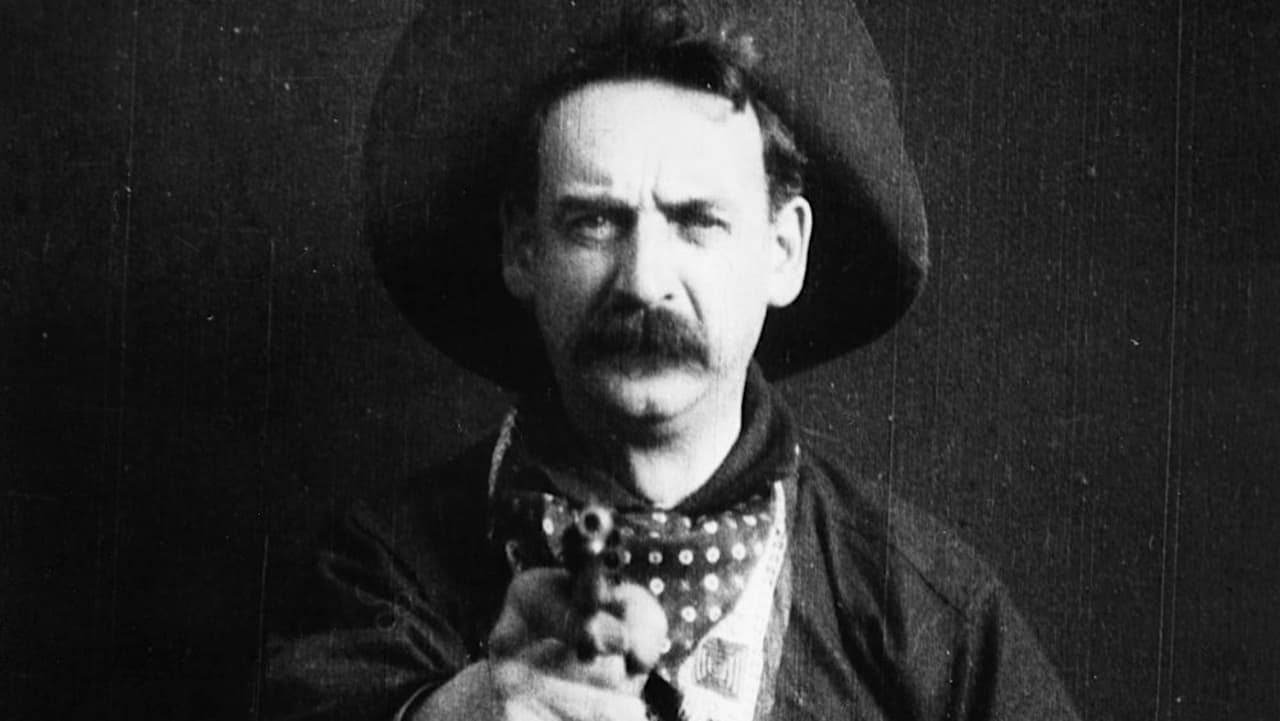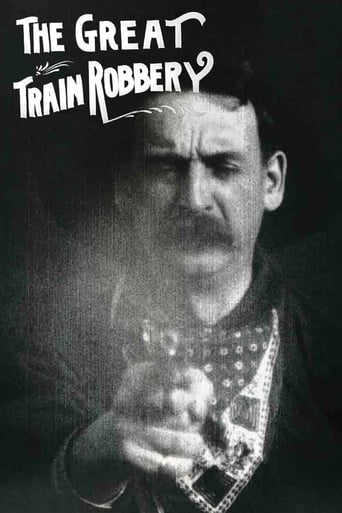



Highly Overrated But Still Good
This is a coming of age storyline that you've seen in one form or another for decades. It takes a truly unique voice to make yet another one worth watching.
View MoreThe storyline feels a little thin and moth-eaten in parts but this sequel is plenty of fun.
View MoreThere's no way I can possibly love it entirely but I just think its ridiculously bad, but enjoyable at the same time.
View MoreThe titles are the same as the content for sure but Crichton was set in Victorian Britain in 1864 while here it's America! It's amazing how baby cinema had already create his own visual langage and in less than 10 years: the movie is dynamic, the angle are inspired (it's nearly VR on the top of the train) and maybe the difference with BTF3 or Indy 3 is only the issue of sound and score! For sure i waited the moment when those bandits would be caught because i couldn't imagine a Doberman movie at this time! Moral is safe! The final shot of this bandit shooting the audience at close range is fantastic because it embodies truly what is cinema: a virtual reality filling you with emotions ranging from all the spectre, good to bad! Sure, the action is crude, limited but it's like videogames: the first games invented everything and today games are just the old games done with better technology! At last, with this movie, i finally reach my destination also because i have now watched 1 movie by year between cinema birth and mine! I really expected that this earlier movies would be boring but they surprise me to be as good (or even better) than today ones and with as talented people: Méliès, DW Griffith, Mary Brian, Louise Brooks and German productions...
View MoreI remember when I first saw this short American landmark film I was drawn right in. My eyes were glued to the TV. I wasn't even a little bored. I sat and watched for a full 10 minutes and after the watch I had a feeling of sensation. This movie is chock full of action and violence. There isn't hardly a dull moment, because the action begins right within the first few seconds of the film! Edwin S. Porter sure knew how to draw his viewers in. Probably the best part is the chase scene. And the part where the leader of the gang fires his six-shooter at the camera is all too quick.The film begins in a telegraphist's office, where two of the bandits make him send a telegraph to the conductor to stop the train. Then all 4 bandits sneak aboard and make the engineer disconnect the locomotive from the other cars so the thieves can escape. But, in the end the telegraphist's daughter finds him and unties him. An alarm is given, and the bandits are chased and in the end shot down. Then the part comes where the bandit fires away at the camera to finish the film. I wonder if that was frightening for the audience in 1903? Possibly, but I think enough time had gone by for audiences to know that what they were watching really just an image on a screen.The print I've watched includes hand-coloring in some spots, including the famous image at the end. Mostly, the coloring is used to show explosions of gun smoke, but the dancers in the dance hall have their dresses colored too as well as the banners.On a side note, the famous shot was not always shown at the end of the film. According to what I've read, exhibitors could choose whether to put it at either the beginning or end of the short. As far as I know, it is most common for it to be at the end.
View MoreMany films back then and especially now are kind of sloppy. I don't mean that in a bad way. My favorite films are messes. Mostly because it gives a little heart to the film and little themes are scattered throughout the films. However, The Great Train Robbery is one of those messes that manages to be deep, beautiful, scary, and in some weird way, focused.The film in a nutshell is a train robbery committed by four robbers. They go through the steps of the robbery of a train and it ends- well, I don't want to spoil it. Now, by 1900s standards, this must've been horrifying. In this film, the viewer witnesses brutal murders, constant shootings, and a guy literally shoots the camera. Film was barely thirty years old. Movies were still being shown in tents and people were still ducking out of the way if they saw something move even close to the screen. But the people making this film knew that. They wanted people to be scared. They wanted their minds challenged. And that's what this film is, a challenge.The film isn't about the robbers or the cops, good vs. bad, or order vs. chaos, it's about bad people doing bad things and how they would go about doing that bad thing. In other words, the movie isn't about the particular person, it's about the robbery itself. The people who die in this film are because of that robbery, not because bad people do bad things, but because bad people need to eat, and a train robbery is a good place to find cash.The film, as a whole, is very simple. Because of this, when something happens in this in this film, you know that something's "happened". It's a great work of art.
View MoreThis amazing picture is only 10 minutes long. So I could watch this while waiting to be taken to school, which I did once. But it's very innovative in that it tells a story to the audience. A group of bandits during the wild west period stick up a train and rob the passengers. Then they steal a train and run off. A posse of armed men pursues them and there is soon a big shootout in the woods somewhere. And that's really about it. But it's influential mainly because it's one of the first films ever to tell a story however brief it may be. It features a very famous shot at the end when one of the bandits looks straight at the camera then he fires at the camera. And then the film ends. Some versions I've found even have colored in aspects, like red smoke or something like that. There are a lot of versions on you tube to watch it so by all means please do so.
View More